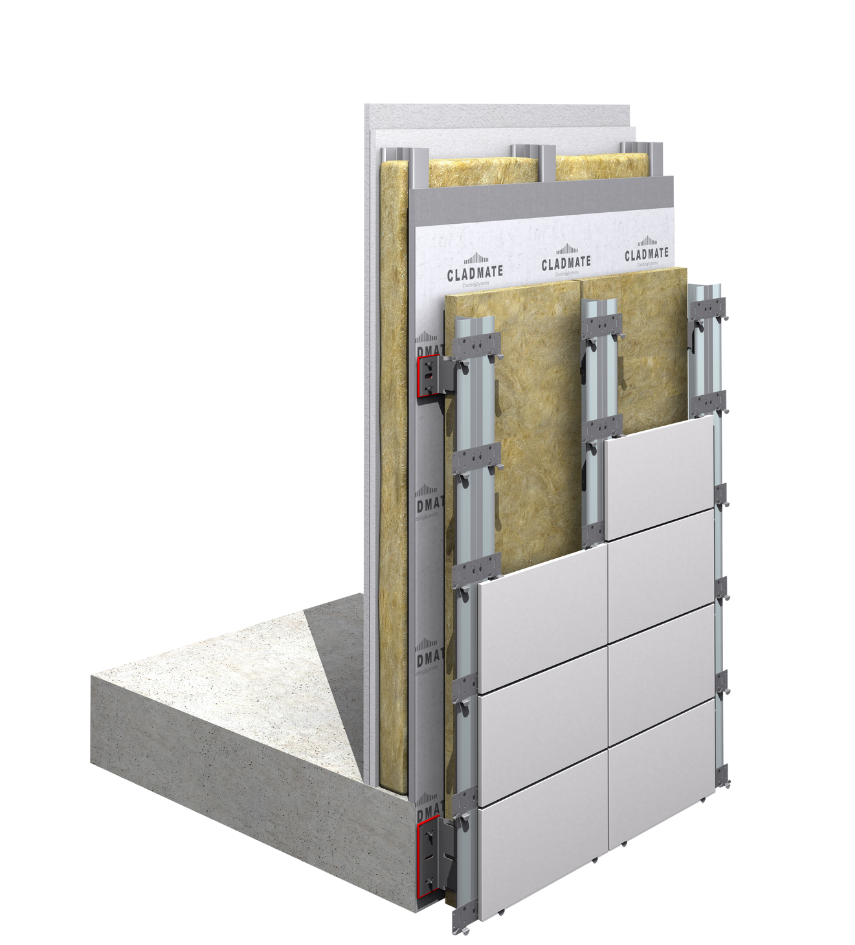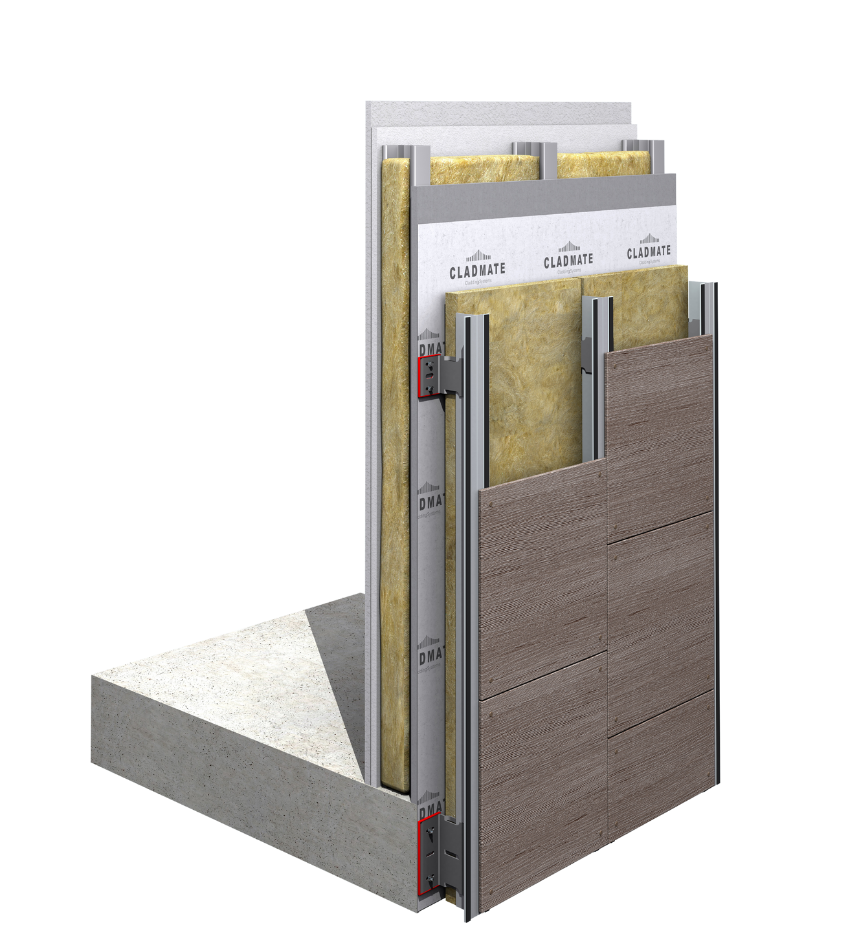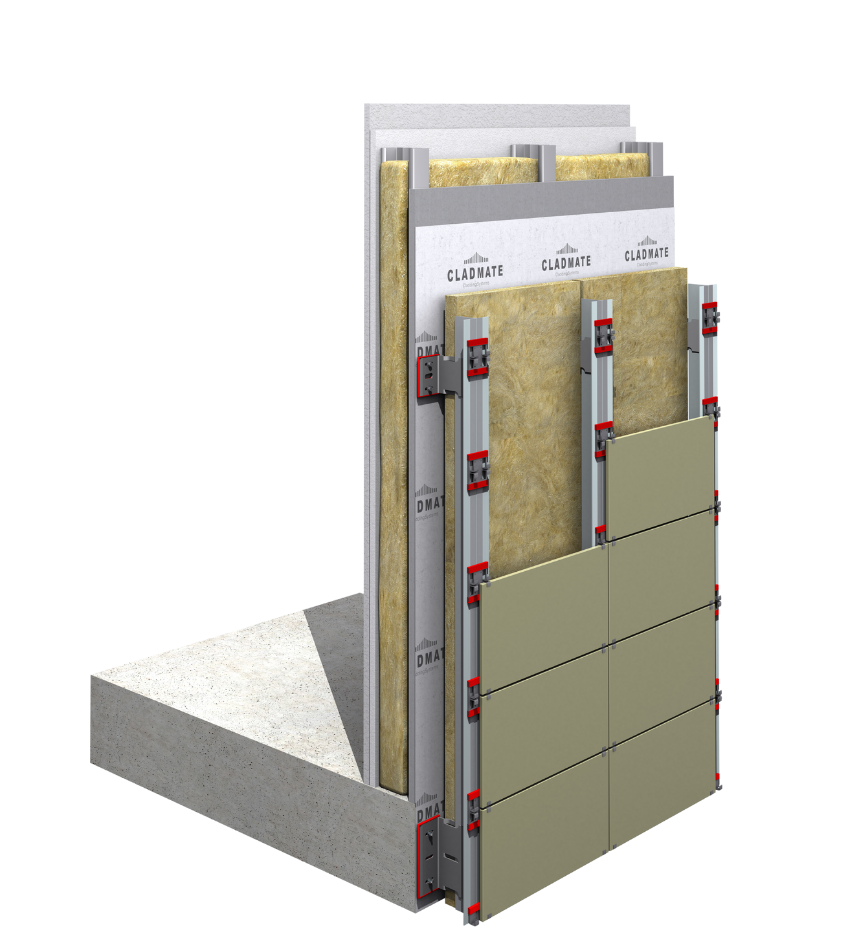In the realm of modern architecture, ceramic cladding systems have emerged as a preferred choice for building facades, offering a harmonious blend of aesthetic appeal, exceptional durability, and sustainability. Crafted from natural raw materials such as clay, these systems are free from heavy metals and harmful additives, ensuring a safe and environmentally friendly building solution.
One of the standouts features of Ceramic Cladding Systems is its remarkable versatility in design. Architects and designers have the freedom to select from a vast array of colors, shapes, and surface finishes, enabling the creation of facades that are both unique and reflective of the building’s intended character. This adaptability allows for the incorporation of various textures and patterns, enhancing the visual richness of architectural projects.

Beyond their aesthetic contributions, ceramic facades, Ceramic Cladding Systems offer significant functional benefits. They provide excellent thermal insulation, contributing to energy efficiency by regulating indoor temperatures and reducing heating and cooling costs. Additionally, their inherent fire-resistant properties enhance the safety of the building, while their durability ensures a long-lasting facade that requires minimal maintenance. These attributes make ceramic cladding a prudent investment for both new constructions and renovation projects.
Furthermore, the sustainability of ceramic materials cannot be overstated. Made from natural materials, Ceramic Cladding Systems is safe for the environment and can be easily recycled, helping to reduce the building’s carbon footprint. This eco-friendly aspect aligns with the growing emphasis on sustainable construction practices, making ceramic cladding a responsible choice for environmentally conscious projects.
Incorporating ceramic cladding into architectural designs not only elevates the visual appeal of buildings but also enhances their performance and sustainability. With their diverse design possibilities, functional excellence, and eco-friendly characteristics, ceramic facade panels stand as a testament to the seamless integration of form, function, and environmental stewardship in modern architecture.

Ceramic cladding involves the application of ceramic facade panels to the exterior of buildings, serving both protective and aesthetic functions. These panels safeguard structures against environmental elements while enhancing their visual appeal. The use of ceramic materials in architecture dates back centuries; however, advancements in manufacturing technologies have led to modern systems that are both lightweight and robust.
Historically, terracotta—a type of ceramic—was widely used in architectural applications. Ancient civilizations, including the Greeks, Romans, and Chinese, utilised terracotta for various architectural elements such as roof tiles, statues, and decorative features. The production of architectural terracotta involved meticulous processes, including clay selection, shaping, glazing, and firing. Over time, these methods evolved, leading to the development of more sophisticated ceramic cladding systems used in contemporary architecture.
In modern times, ceramic cladding has gained popularity due to its numerous benefits. Ceramic facade panels are made from natural raw materials like clay, which is free of heavy metals and other harmful additives. This composition makes ceramic cladding an environmentally friendly choice. Additionally, ceramic materials offer exceptional durability, resistance to weathering, and low maintenance requirements, making them suitable for various climatic conditions.
The design reflects the region’s cultural heritage and pottery traditions, with each tile crafted by local artisans. This project exemplifies how ceramic cladding can harmonise with cultural contexts and enhance architectural expression.
In summary, ceramic cladding combines historical significance with modern innovation. Its use in building exteriors not only provides protection against environmental factors but also contributes to the aesthetic and cultural richness of architectural designs. As manufacturing technologies continue to advance, the versatility and sustainability of ceramic cladding are expected to play a significant role in the future of architectural design.


Ceramic cladding systems are suitable for a wide range of applications, including: